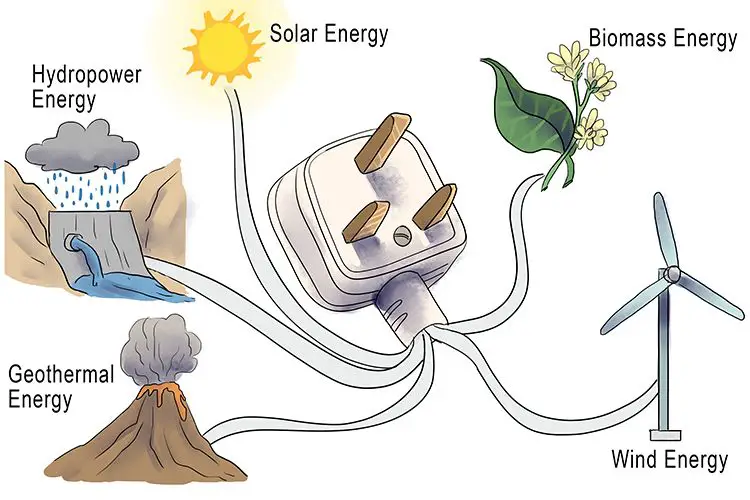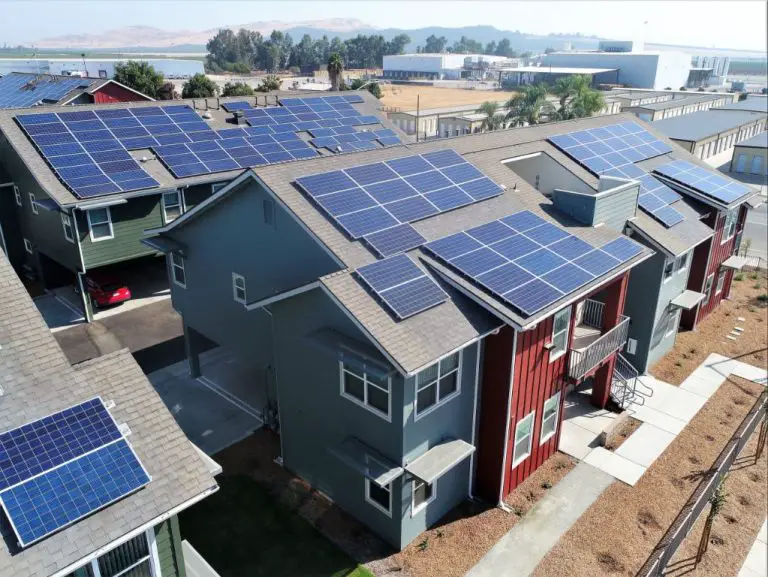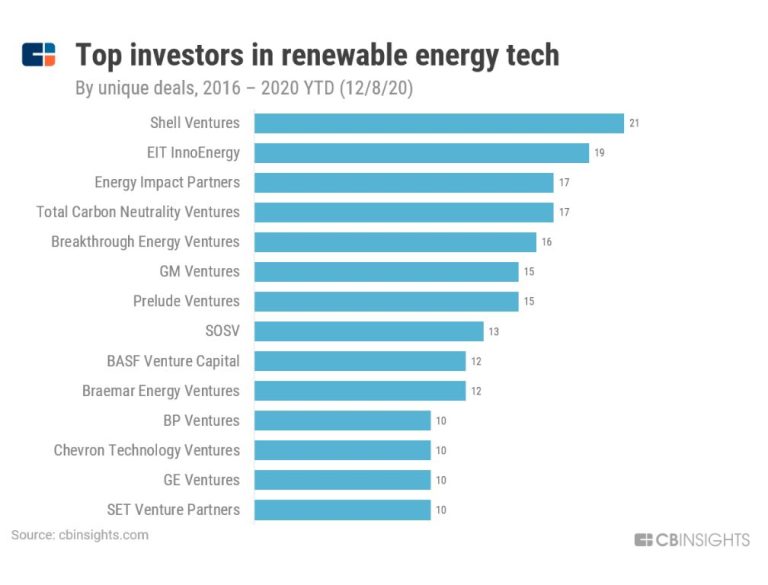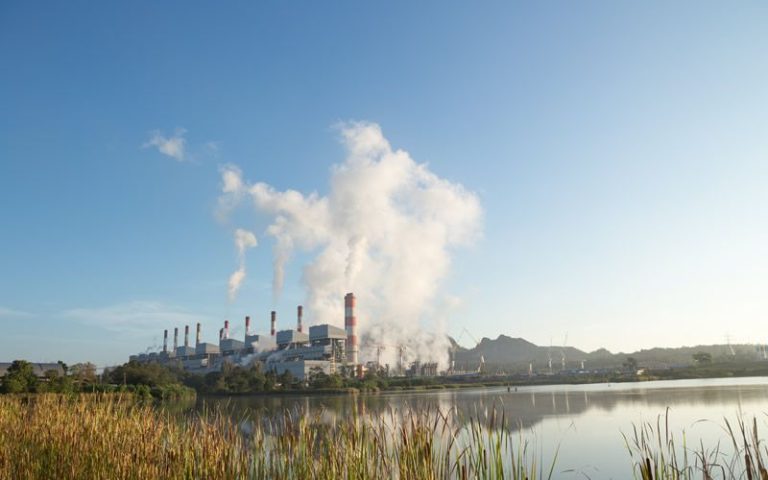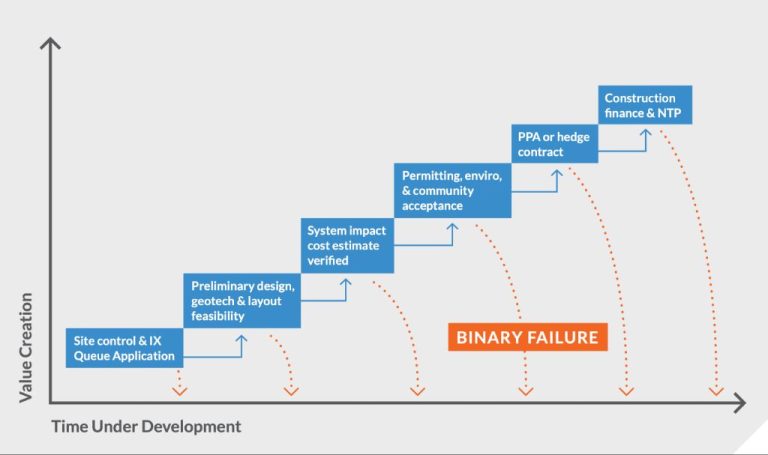What Is The Main Drawback Of Renewable Energy?
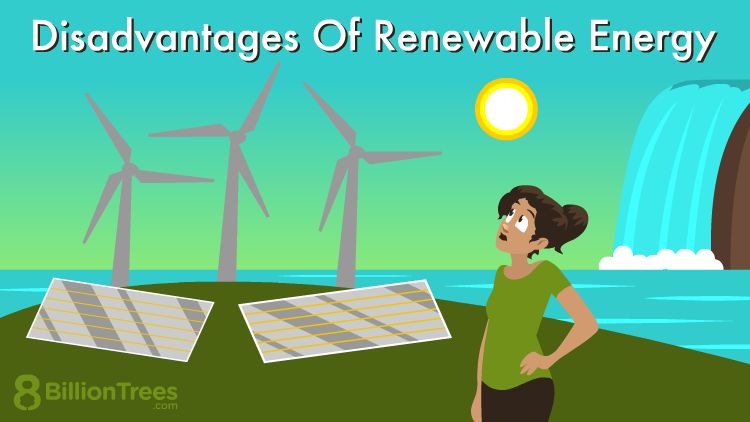
Renewable energy comes from natural sources that are constantly replenished, such as sunlight, wind, water, plants, and geothermal heat. Renewable energy is important because it provides clean power without emitting greenhouse gases. This helps mitigate climate change and reduces pollution. As fossil fuel resources deplete over time, renewable energy also enhances energy security and sustainability.
This content will examine the main drawback of renewable energy. While renewable sources provide environmental and energy benefits, they also face challenges around intermittency, storage, costs, and infrastructure needs. Understanding these limitations can lead to improvements and wider adoption of renewable power.
Intermittency
Intermittency refers to the variable and unpredictable nature of renewable energy sources like wind and solar power. As the Energy X article explains, renewable energy cannot consistently produce power at all hours because the wind doesn’t always blow and the sun doesn’t always shine. Intermittent energy sources are the opposite of baseload power plants that can generate electricity 24/7.
Wind and solar power are prime examples of intermittent renewable energy sources. As the Bonneville Power Administration notes, wind and solar resources are not constantly available and predictable. The wind is variable by nature and only blows part of the time. Solar power relies on adequate sunlight and doesn’t generate any electricity at night. The intermittent output from wind and solar requires grid operators to have backup power supplies ready when renewable resources are unavailable.
Storage Challenges
One of the main drawbacks of renewable energy like solar and wind is the intermittency in generation. The sun does not always shine and the wind does not always blow when electricity is needed. This poses challenges in storing the energy for when it is needed. According to a 2023 report, meeting peak demand with renewables requires advances in energy storage technologies.
Batteries are one storage solution but they can be expensive. Pumped hydro storage is another option but it requires specific terrain and has geographical constraints. Compressed air energy storage, flywheel storage, and thermal storage are other options being explored, but all come with their own limitations and costs. As of 2022, most renewable energy still could not be stored efficiently at a large scale and much is lost that is not consumed immediately. Advancements in storage technology and reducing costs will be key to enabling wider adoption of renewables.
Costs
One of the main drawbacks of renewable energy sources is their high upfront costs compared to fossil fuels. Renewable energy often requires substantial initial investments to construct power plants and infrastructure before energy generation can begin. This includes costs for materials, labor, permitting, grid connections and more. According to the Inspire Clean Energy blog, the average upfront cost per kW of solar power capacity ranges from $2,500 – $3,500, while wind turbines cost around $1,300 per kW (1). In contrast, a natural gas power plant may only cost $1,000 per kW of capacity (2). These high capital costs make financing renewable projects more difficult.
The levelized cost of electricity (LCOE) from renewables has fallen dramatically in recent years and is now cost competitive with fossil fuels in many cases (3). However, when considering only upfront capital costs before generation begins, renewable sources still require greater investment. The intermittent nature of renewables also typically requires excess capacity and grid upgrades to enable reliable power delivery. These factors contribute to higher initial costs compared to the more stable generation from fossil fuel plants.
While ongoing costs of renewables are decreasing, the large upfront investment remains a barrier to wider adoption and makes financing difficult, especially in developing nations. More supportive policies and innovative funding mechanisms can help overcome these high initial costs and allow renewables to scale up further.
(1) https://www.inspirecleanenergy.com/blog/clean-energy-101/is-renewable-energy-cheaper
(2) https://www.eia.gov/analysis/studies/powerplants/capitalcost/pdf/capital_cost_AEO2020.pdf
(3) https://www.un.org/en/climatechange/renewables-cheapest-form-power
Transmission Constraints
One of the main drawbacks of renewable energy sources like wind and solar is that they are often located in remote areas, far from population centers that need the electricity. Transmitting the power from these remote locations to cities and towns requires major investments in transmission infrastructure.
According to a 2022 study in ScienceDirect, “Because electricity storage technologies are still immature and costly, electricity produced at one location must be moved via transmission lines to locations where that power is consumed.” [1] Many potential renewable energy sites lack connection to the existing transmission grid. Building new long-distance, high-voltage transmission lines is extremely expensive and faces numerous hurdles like permitting and right-of-way acquisition.
For example, wind resources are abundant in the Midwest, while solar resources are concentrated in the Southwest. But major cities and electrical load centers are often located far from these renewable hotspots. Constructing transmission lines over such long distances to connect renewable energy projects to load centers is a major challenge.
Land Use Conflicts
The large land footprint required for utility-scale wind and solar farms has led to conflicts over land use (1). Solar photovoltaic and concentrated solar plants require on average 1.5 acres per megawatt and 5 acres per megawatt respectively, while wind farms need 30 acres per megawatt on average (2). Developing enough wind and solar capacity to meet climate or renewable energy goals would impact millions of acres of land, increasing competition with agriculture, ecosystems, and wildlife habitats (3).
There are concerns that utility-scale renewable energy facilities will disrupt ecosystems, fragment habitats, and negatively impact wildlife. Wind turbines can interfere with bird and bat migration patterns and directly kill birds and bats through collisions. Solar farms can disturb desert tortoise habitats and fragment existing open space (1). Environmental impact studies are required, but additional mitigation strategies may be needed to minimize habitat disturbances.
Balancing renewable energy goals with maintaining agricultural productivity and environmental quality will be an ongoing land use challenge. Policies and planning that proactively identify suitable areas for renewable energy development can help reduce conflicts. Investing in emerging technologies like solar panels integrated into buildings and infrastructure can also reduce land pressures.
Sources:
(1) https://www.brookings.edu/articles/renewables-land-use-and-local-opposition-in-the-united-states/
(2) https://researchrepository.wvu.edu/cgi/viewcontent.cgi?article=1104&context=law_faculty
Market Adoption Barriers
While renewables offer many benefits, significant barriers to widespread adoption remain. Two key challenges are misaligned incentives and regulatory hurdles.
The incentives of utilities and consumers are often not aligned with increased renewable energy deployment. Power generation and distribution have traditionally operated under centralized utility models that favor large fossil fuel plants. Shifting to more distributed renewable resources requires new business and regulatory models that utilities may resist.
For example, policies like net metering, which compensate rooftop solar customers for excess energy fed into the grid, reduce utilities’ customer demand and revenues. This creates a disincentive for utilities to encourage distributed renewable adoption. Consumers also face disincentives like high upfront costs of rooftop solar, preventing uptake.
Outdated regulations and policies designed for fossil fuel-based systems also constrain renewable growth. Permitting and siting policies often impede building new renewable infrastructure. Renewable portfolio standards which mandate utility renewable shares vary widely state-by-state. Most are not ambitious enough to incentivize large scale renewable investments.
Streamlining siting policies, implementing strong national clean energy standards, and realigning utility business models could help overcome these market adoption barriers (https://sustainablereview.com/overcoming-barriers-to-renewable-energy/).
Aesthetic Concerns
One of the main drawbacks of renewable energy like wind turbines and solar farms is the potential visual and aesthetic impact they can have on the landscape. Many people find large solar farms and rows of wind turbines as eyesores that detract from natural scenery and rural aesthetics (https://aestheticsresearch.com/2021/06/22/ugliness-and-climate-solutions/). This has led to NIMBY or “Not In My Backyard” opposition to renewable projects in some communities.
Research has shown that the public tends to find solar panels more visually appealing when integrated into buildings compared to ground-mounted solar farms (https://www.sciencedirect.com/science/article/pii/S1364032118306695). Careful site selection and community engagement can help mitigate negative reactions, but aesthetics remain an ongoing challenge for wider adoption of wind and solar power.
Reliability Challenges
One of the main drawbacks of renewable energy sources like solar and wind is that they can be intermittent and unreliable compared to traditional fossil fuel power plants (https://sustainablereview.com/the-reliability-debate-renewables/). Fossil fuel plants can adjust their power output to match demand, while solar and wind power depends on ambient conditions. When the sun isn’t shining or wind isn’t blowing, renewable sources produce little to no electricity.
The intermittency of renewable sources can negatively impact grid reliability if there is not sufficient baseload power or storage to compensate during low renewable generation periods (https://blogs.dal.ca/openthink/reliability-issues-with-renewable-energy/). Storage solutions like batteries can help address intermittency, but currently remain expensive. Until cost-effective large-scale storage is developed, the variability of renewable sources poses grid reliability risks that traditional power plants don’t face.
Conclusion
In summary, the main drawbacks of renewable energy include intermittency, storage challenges, high costs, transmission constraints, land use conflicts, market adoption barriers, aesthetic concerns, and reliability issues. Renewable sources like solar and wind are intermittent, producing energy only when the sun shines or wind blows. Effective storage solutions are needed to provide consistent power. The upfront capital costs of renewable systems are still higher than conventional sources. Transmitting renewable electricity from source to demand centers faces grid limitations. Large renewable installations can also compete with other land needs. Slow adoption stems from regulatory hurdles, subsidies for fossil fuels, and consumer preferences. Some find wind turbines or solar panels unattractive. The decentralized nature of renewables reduces grid reliability until smart grid technologies mature.
These drawbacks matter because addressing them will enable renewable energy to supply a greater share of overall electricity production. With focused research, infrastructure investment, market reforms, and innovations in technology and business models, the disadvantages of renewable energy can be reduced over time. Understanding the current limitations is key to enacting solutions that allow renewable energy to scale and accelerate the transition to a more sustainable energy system.

